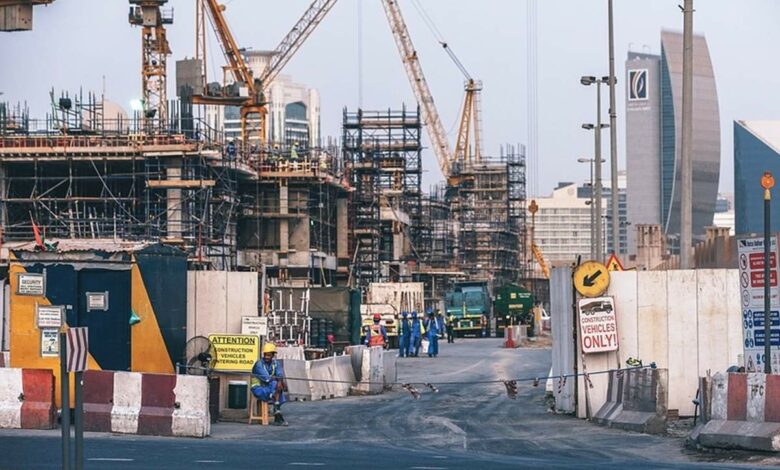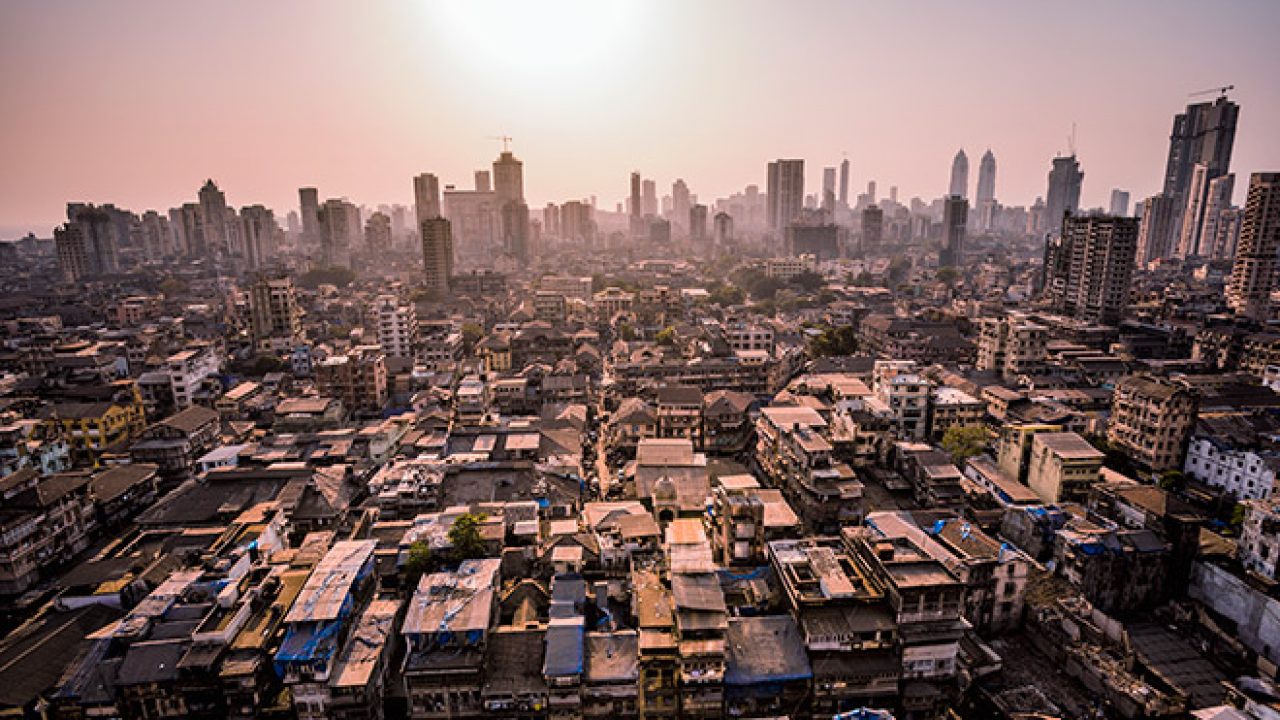India’s Infrastructural Bet

To resurrect the battered economy, the government has made big bets on infrastructure. In reality, the latest Union Budget 2021-22 places a premium on infrastructure. The Budget has set aside Rs 5,54,000 crore for capital expenditure (Capex) in Fiscal Year 2022 to boost the infrastructure market. The CAPEX (Capital Expenditure) for FY 2022 is a huge 34.46 per cent increase from the FY21 Budget forecast (Budget Estimate). The massive investment is expected to boost cement, steel, and other key industries, as well as build employment and jump-start the economy. According to Union Finance Minister Nirmala Sitharaman, the Ministry of Road Transport and Highways has earned the highest-ever allocation of Rs 1,18,000 crore. By March 2022, the government will be provided with approximately 8,500 km of road projects and 11,000 km of national road corridors. In addition, over 2,27,000 crore highway schemes have been carried through in polling West Bengal, Assam, Tamil Nadu, and Kerala.
With Rs 11,00,000 crore allocated to the national carrier in the Union budget, the Indian railways also received a major boost. A lion’s shares of Rs 1,07,000 crore are reserved for CAPEX of Rs 1,10,000 crore for Indian Railways. Rs 40.000 crore is also provided for rural infrastructure upgrades. The budget seeks to bring innovation into the power delivery sector by allowing user portability of electricity connections. The Minister of Finance has shown that this is done by amending the Act of Electricity 2003. It also proposes to revive the distressed state power distributors with a Rs 3,05,982 crore expenditure over five years (discoms). The reform-based, results-based scheme would help create infrastructure problems, including the addition of pre-paid intelligent measuring, feeder isolation and upgrading of networks.
The Union Budget proposes to extend the income tax exemption of Rs 1,50,000 for the purchase of affordable housing for another year, until March 31, 2022. This is good news for the affordable housing sector. This tax break is applicable to owners of cheaper homes in addition to the tax breaks available to buyers of other types of homes. A tax break for builders of affordable housing developments was also proposed in the Budget, which will be extended for another year until March 31, 2022. Fund-raising The massive capital expenditure announced in the Union Budget is expected to boost the economy’s sputtering performance. Increasing money to reach this CAPEX, on the other hand, is a more difficult task. The finance minister, interestingly, explained how the funds will be collected in her latest Union Budget.

To raise money for building schemes, a combination of old and modern approaches will be used. The Budget does aim to resurrect the old model of a development finance institution (DFI), which India had attempted and abandoned in the pre-reform period. The planned DFI would start with a meagre Rs 20,000 crore budgetary allowance. In three years, the initial capital will be leveraged and raised to Rs 5,00,000 crore. It is here where the old concept of a DFI collides with a new one, with the leverage looking to the private sector to fill up the Rs 5,00,000 crore target money in three years. Banks, according to many analysts, are not the right places to lend to. Many experts believe that banks are unsuitable lenders for infrastructure programs. This is due to the fact that infrastructure investments take a long time to pay off, while banks only compete with short-term deposits. This is known as an asset-liability imbalance. In this sense, the Union Budget revives the old concept of re-establishing a DFI system. The Budget then continues on to incorporate the current definition. Through the DFI, it envisions an extraordinary growth in the scope of private sector infrastructure activity. The establishment of a DFI would help in the raising of long-term funds to fulfil the infrastructure sector’s funding needs.
The latest Union Budget’s big emphasis on asset monetisation is another possible game-changer. Asset monetisation, in which existing properties or operational infrastructure schemes are used to collect funds and the funds are then used to finance future infrastructure projects, is seen as a significant financing choice. Ms Sitharaman announced that the government would be creating a dashboard for asset monetisation, which will be introduced shortly to monitor monetisation in different industries. In addition, the process is also to be accelerated by a nationwide monetization pipeline. NHAI, a pioneer of asset currency, has raised funds through the sale of its highway plans. And the Indian Power Grid Corporation (IPGC) has sponsored the IPIC, which attracts domestic and international institutional investors. The Airports Agency of India (AAI) also added that airports in the Tier II and III urban areas will be monetised. The Minister of Finance also announced the introduction of seven port projects worth more than Rs 2,000 crores in the PPP model.
The government also twists its taxation policies to promote investment in InVITs and trusts for real estate investment (REITs). The Union budget for 2021-22 seeks to provide international infrastructure resources with greater scope. It proposed to amend the law concerned to allow foreign portfolio investors (FPIs in InVITs and REITs). The budget also removed REIT and INVIT’s dividend tax to make buyers enticing and lucrative. The plan to introduce FPIs to finance REITs and InvITs opens up a broad fresh pool of financing for infrastructure and immobilization. Invit and REIT (for real-estate projects) are like collective funding, which enables people and institutional investors to directly inject capital into them. The trusts use these funds to build infrastructure and real estate developments more closely. Moreover, they reimburse their inventors for their projected profits, such as the highway toll at InvITs and commercial property rents at REIT. Further on, the Union budget has suggested monetising airports and ports operated by state-owned countries.

Present Outlook
Projects are in full swing. Interestingly, the privatization resolution of the government seems very solid.
The government is trying, in order to collect Rs 2,50,000 crore to finance infrastructure projects, to implement asset monetisation and privatization. The vacuum is occupied by the private sector as the government monetizes its assets. The private sector brings with it the modernisation of global best practices and aids the industry concerned to grow faster and generate more employment. The government has no business keeping up, Prime Minister Mr Narendra Modi said recently.
Under Rs 5,35 000 crore Bharatmala Pariyojna, the government plans to construct 34,800 km of highways. The road-building activities started in early February and reported a daily 30 km of 17 kilometres average, in 2015-16. In addition, the ambition of the government, Bharatmala Pariyojana, is revived with the aim of optimizing freight and passenger traffic productivity on roads across the country. The project will concentrate on bridging vital infrastructure gaps by developing economical highways and feeding routes and enhancing connectivity through national, border and neighbouring nations in coastal regions. There have since been 2,921 km of highways and a further 322 projects have been awarded for 12,413 km of operation.
Mr Modi opened the 9.02 km long Atal Tunnel to traffic last October, reducing the gap of 46 km from Manali in Himachal Pradesh to Leh in Ladakh’s Union Territory. The longest tunnel in the Pir Panjal range in the Himalayas at a height of around 10,000 feet also slashes about five hours’ journey time between the two cities. On the 3rd June 2000, Atal Bihari Vajpayee was Prime Minister of the Historic Decision to construct the strategic tunnel below the Rohtang Pass in Himachal Pradesh. The Atal Tunnel links Manali to Lahaul-Spiti Valley – both in Himachal Pradesh – helping to ensure continuous vehicle traffic all year round, and a six-month snowfall closing of the old highway to the two sites.
There has been positive news for long-term railway ventures. Both the eastern and western freight corridors have been rapidly constructed and would greatly reduce freight charges once they are completed. PM Modi has opened portions of the Western Dedicated Fracht Corridor and the East Dedicated Freight Corridor this year, offering optimism that the long-standing schemes will eventually come to fruition. The Prime Minister opened a 306-kilometre radius from Rewari to Madar of the 1506-kilometre western freight corridor. When Navi Mumbai is scheduled to be completed in 2022, the West Corridor will link Uttar Pradesh’s Dadri in the Maharashtra region. Likewise, the government opened a 351-km stretch of the 1,875-km Eastern Freight Corridor from New Bhaupur to New Khurja. The East corridor will connect Punjab Ludhiana with Dankuni in West Bengal, which is to be completed by 2022. If completed, it is expected. The establishment of a DFI would continue to draw on long-term funds that match the infrastructure sector’s funding needs.
In addition, a total of 15 critical projects were undertaken in 2019-20 covering about 562 km of rail track length. In addition, 5,782 kilometres of roads were constructed in 2019-20 as well. India has experienced a remarkable rise in subway ventures and now operational in all, 702 km of the traditional subway. In a recent speech in her budget, Mrs Sitharaman had revealed another 1,016 kilometres of subway and metropolitan rapid transit is in progress in 27 cities.




